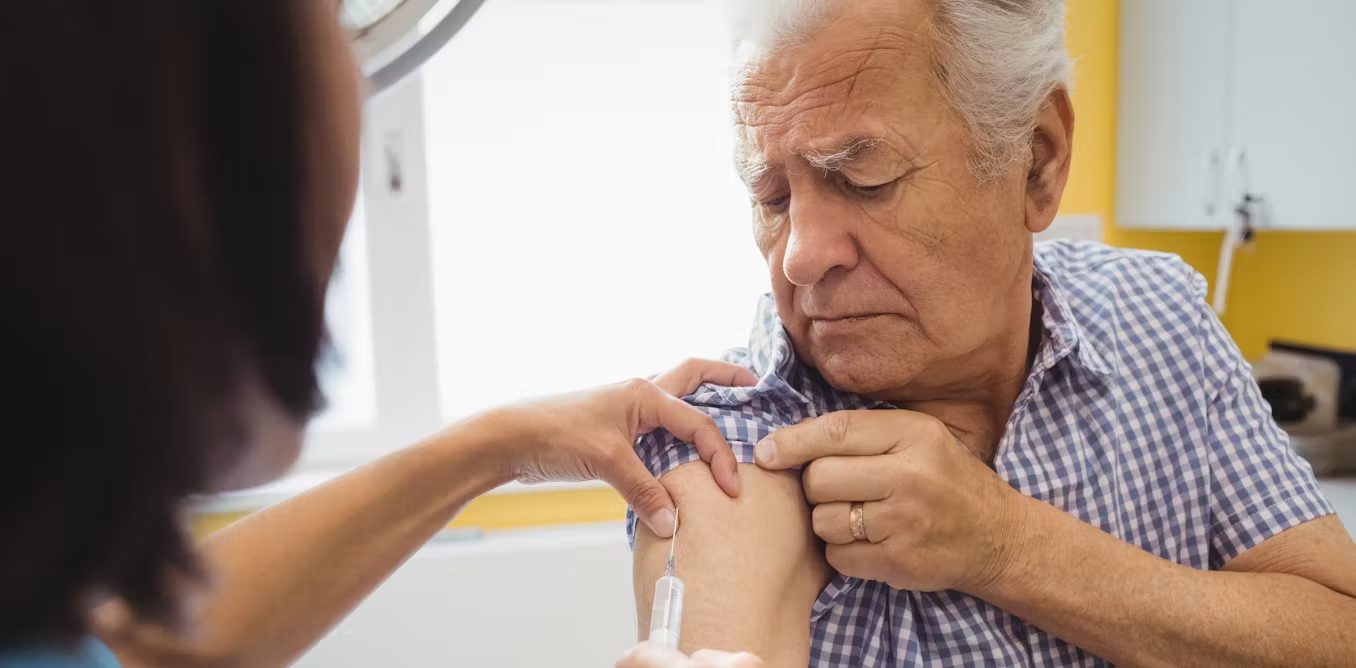HRT Patches the New Norm
January 13, 2025
Menopause, the Buzzword
The menopause landscape has undergone a remarkable transformation in recent years, driven by a surge in research and a growing acknowledgment of the need for women-first approaches to healthcare. Once a topic shrouded in silence and misconceptions, menopause is now recognised as a critical phase in a woman’s life that requires nuanced care and attention.
Advocacy efforts, bolstered by passionate healthcare professionals and organisations, have been pivotal in shedding light on the myriad symptoms associated with menopause. These initiatives have not only improved awareness among women but have also encouraged the medical community to prioritise individualised, evidence-based solutions. As a result, we’re seeing a broader range of therapies, including the innovative use of transdermal hormone replacement therapy (HRT) patches, being integrated into comprehensive care plans.
Hormone Replacement Therapy Gets a Bad Wrap
Hormone replacement therapy (HRT) has faced criticism due to historical concerns, miscommunication of research findings, and lingering stigma around menopause and women’s health. The 2002 Women’s Health Initiative (WHI) study, which reported increased risks of breast cancer, heart disease, and stroke with combined HRT, caused widespread alarm. Although later re-analyses clarified that these risks were overstated or specific to older postmenopausal women, the initial findings left a lasting negative impact.
In the past, HRT was often prescribed without considering individual risk factors, leading to adverse outcomes and scepticism. This, combined with societal stigma that menopause should be endured naturally, discouraged open discussions and treatment. Media sensationalism further amplified fears, often focusing on risks while neglecting the benefits or nuances of the research.
Confusion over evolving medical guidelines and fears surrounding the potential link between HRT and breast cancer have also contributed to its bad reputation, despite evidence showing that the risks are small for many women. Misunderstandings about risk communication—often presented without proper context—exaggerated perceptions of danger.
Efforts are now underway to rehabilitate HRT’s reputation through advocacy, education, and evidence-based approaches, emphasising individualised care. For many women, HRT significantly improves quality of life, and its benefits often outweigh the risks when used appropriately.
Transdermal HRT Patches
Transdermal hormone replacement therapy (HRT) patches are medicated adhesive patches applied to the skin that deliver hormones, such as oestrogen, directly into the bloodstream. This method is commonly used to alleviate menopausal symptoms as well as prevent the well-known side effects of menopause; postmenopausal osteoporosis, and symptoms of oestrogen deficiencies in women who do not produce sufficient amounts naturally.
The development of transdermal drug delivery dates back centuries, but significant advancements occurred in the 20th century, culminating in the introduction of modern transdermal patches. The first transdermal patch for systemic medication delivery was approved by the FDA in 1979 for motion sickness, and the first oestrogen patch followed in the late 1980s. This innovation provided a new route of administration that bypassed the gastrointestinal system, reducing certain side effects associated with oral therapy.
The Difference?
The side effects of transdermal estradiol patches differ in some key ways from those associated with traditional, often oral, hormone replacement therapy (HRT). While both methods aim to alleviate menopausal symptoms by delivering hormones like oestrogen, the route of administration significantly impacts the side effect profile due to differences in how the body processes the hormones.
One major distinction is that transdermal patches bypass the gastrointestinal system and liver. This eliminates “first-pass metabolism,” where oral HRT is metabolised by the liver before reaching the bloodstream. As a result, transdermal patches are associated with a lower risk of certain side effects, such as indigestion, nausea, and a heightened risk of gallbladder disease, which are more common with oral HRT.
Transdermal estradiol is also less likely to increase the risk of venous thromboembolism (VTE), a type of blood clot. Oral oestrogen, processed through the liver, can affect clotting factors in the blood, increasing VTE risk, whereas transdermal delivery avoids this pathway, making it a safer option for women with a higher baseline risk of clotting disorders or cardiovascular disease.
Another difference lies in the consistency of hormone levels. Transdermal patches deliver hormones steadily over time, reducing fluctuations that can sometimes cause mood swings or other systemic symptoms with oral HRT. However, they may have unique localised side effects, such as skin irritation or discoloration at the application site, which are not issues with oral medications.
Some systemic side effects, like breast tenderness, headaches, and changes in libido, can occur with both forms of HRT because they are directly related to hormone levels rather than the delivery method. However, the severity or frequency of these effects can vary depending on the individual’s response to the specific form of HRT.
Overall, while transdermal estradiol patches share some side effects with traditional methods of HRT, their unique delivery mechanism offers distinct advantages, such as a lower risk of gastrointestinal and cardiovascular side effects, making them a preferred option for many women depending on their medical history and personal preferences.
The Future of Menopause
Transdermal hormone replacement therapy (HRT) patches offer a convenient and effective option for managing the challenges of menopause, providing a steady release of hormones without the need for daily pills. This simplicity empowers women to integrate menopause care seamlessly into their lives, allowing them to focus on thriving rather than merely coping. Beyond convenience, the growing normalisation of HRT and menopause care represents a critical shift in how we approach women’s health as they age.
By fostering open conversations and removing the stigma surrounding menopause, we not only enhance the quality of life for countless women but also fuel vital research efforts. This progress paves the way for continued innovation and deeper understanding, ensuring that future generations benefit from even more advanced and personalised care options.
Writing Group for the Women’s Health Initiative Investigators. Risks and Benefits of Estrogen Plus Progestin in Healthy Postmenopausal Women: Principal Results From the Women’s Health Initiative Randomized Controlled Trial. JAMA. 2002;288(3):321–333. doi:10.1001/jama.288.3.321












